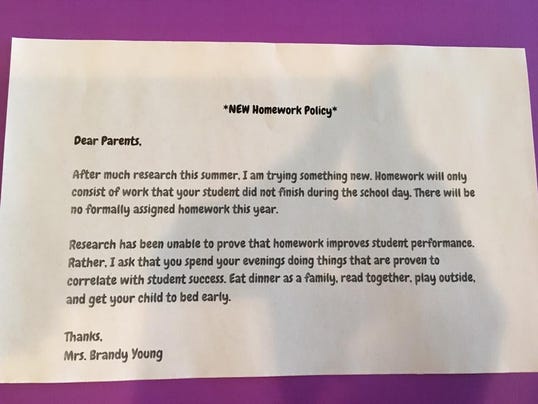Student motivation is, and will always seem to be, the make or break point for quality instruction. With it, a lesson can take off and inspire new breakthroughs among any involved (student or teacher). Without it, the classroom can turn into a dry well as the teacher stands in front of the class either grasping for only a drop of engagement, if not totally feeling their own efforts futile altogether. The discussion of student motivation (specifically adolescent girls in regards to PE) has always been a subliminal motivator to pursue PE from personal experience. Although I considered myself an athlete in high school, I despised ‘gym class’. The class time itself seemed disorganized, the activities were less than engaging, and as a teenage girl in a class full of the male-dominated 15% (referring to the athletic population of a PE teacher’s students overall), I felt like an afterthought. There are only so many times before walking the track not only becomes monotonous, but a hindrance on academic growth.
When the search for articles on motivation in PE began, I consciously attempted to find ones specific to that of the adolescent female population to see if any headway was made in that particular part of PE rhetoric. Two of the studies found focused on internal and external factors that call into question an adolescent’s self-perspective, which were extremely helpful in getting a well-rounded understanding of the motivation drop-off issue, but a study done by Mitchell, Gray, and Inchley endeavored to answer the questions I’ve had since I started to actively explore the issue.
The longitudinal case study reflected the findings of young female (15-19 years old) motivation increasing from a PAI (physical activity intervention) as opposed to a traditional PE setting. The main objective to the study was to answer the following four questions:
What were the main reasons for girls’ disengagement in PE before the intervention?
How did the disengaged girls’ participation and perceptions of PE change during the three-year intervention?
What key factors contributed to change in girls’ participation and perceptions of PE during a three-year intervention?
To what extent were girls’ needs for competence, relatedness and autonomy met within the PE context?
The longitudinal study follows five girls who label themselves as ‘disengaged from PE’ and track their activity by surveys and interviews with record of participation in both traditional PE and PAI. Mitchell et al. discusses the possible deterrents from full participation in PE with examples of self-consciousness and lack of support. The results demonstrated that a PAI that was discovery/learner-centered had a positive impact on physical activity participation.
Each of the studies referenced Self-determination Theory as the backbone of research methodology, which is a psychology-based mainstay in the ongoing conversation of education. The requirements to reach students by way of relatedness, competence, and autonomy is an ongoing obstacle that each discipline must overcome to reach its respective standards. This concept of a PAI being a helpful tool is beneficial, however, we as Physical educators must keep in mind that it is exactly that; a tool. The study indicates that the curriculum was essentially made by the participants, which increased motivation, but I realized that it didn’t adhere to the standards necessary to be referred to as a quality PE alternative. this is where a PE teachers needs to utilize his/her pedagogical expertise to find the happy medium between interest/intrinsic motivation and meeting benchmarks to qualify as a PE program that is up to par.
This particular assignment was a personal favorite. Rarely do we as Prospective educators get to engage in the rhetoric and issues of our respective fields and this allowed me to dive in deeper to understand the ‘why’ instead of the common ‘what’ of PE.
Mitchell, F., Gray, S., & Inchley, J. (2015). ‘This choice thing really works … ’ Changes in experiences and engagement of adolescent girls in physical education classes, during a school-based physical activity programme. Physical Education & Sport Pedagogy, 20(6), 593-611.
Rutten, C., Boen, F., & Seghers, J. (2012). How School Social and Physical Environments Relate To Autonomous Motivation in Physical Education: The Mediating Role of Need Satisfaction. Journal Of Teaching In Physical Education, 31(3), 216-230.
Cox, A. E., Ullrich-French, S., & Sabiston, C. M. (2013). Using motivation regulations in a person-centered approach to examine the link between social physique anxiety in physical education and physical activity-related outcomes in adolescents. Psychology of Sport and Exercise, 14(4), 461-467. doi:10.1016/j.psychsport.2013.01.005


